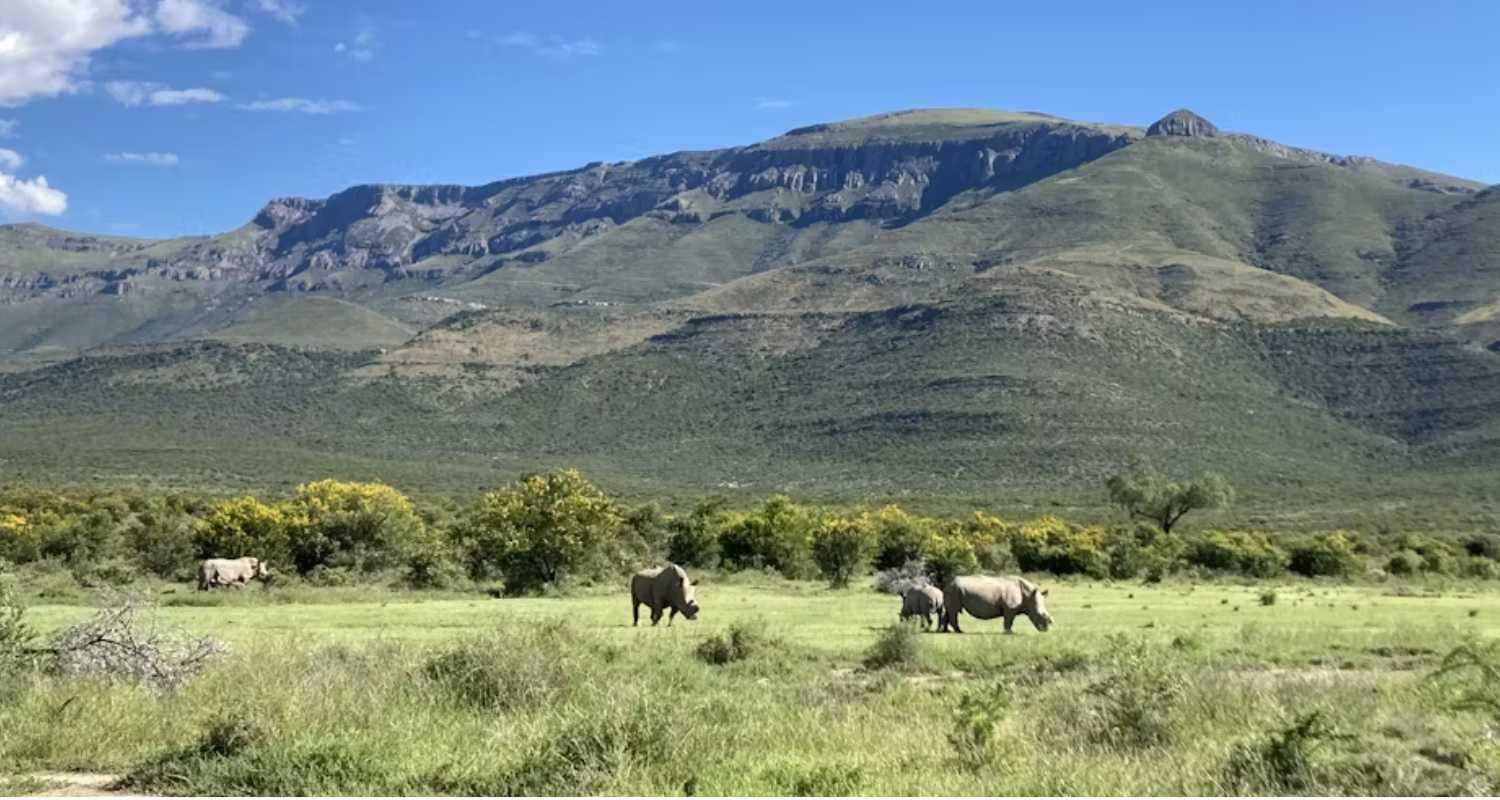The Kruger to Canyons Biosphere Reserve (KtoC) is thrilled to welcome Ingwe Leopard Research (ILR) as a new partner in the reserve. The ILR’s innovative citizen science project is rapidly becoming an important tool for leopard conservation across South Africa’s Limpopo Province.
Citizen science on the rise
Launched just over a year ago, ILR has become the biggest citizen science leopard project in South Africa. This exciting initiative was developed by Marine Servonnat, who brings to the table five years of research and conservation experience, along with three years in the safari industry. Marine’s time working in the Okavango Delta as a camp manager sparked her vision for ILR, a project that harnesses the power of citizen science to achieve its ambitious goals.

Empowering people, protecting leopards
ILR’s core mission is two-fold. Firstly, the aim is to demonstrate the value of citizen science in monitoring and conserving carnivores. This project directly engages residents of Hoedspruit and the surrounding areas, lodge guides and managers, and even tourists visiting the region. By collecting data from camera traps and direct observations, citizen scientists contribute to vital information on leopard density, distribution, and movement patterns. This data helps identify potential threats to leopards, allowing for the development of mitigation strategies. Furthermore, ILR in conjunction with KtoC strives to create safe ecological corridors that connect fragmented habitats, promoting leopard connectivity across the landscape. Perhaps most importantly, by involving the public, ILR fosters a deeper connection between people and wildlife, promoting coexistence and understanding.
Impressive Growth and Initial Findings
The scale of the ILR project is truly impressive. With over 30 reserves participating, covering about 200 000 hectares around Hoedspruit, both within and outside formally protected areas, their impact is undeniable. Since its inception, the project has yielded incredible results. Over 4 984 leopard images have been uploaded to the African Carnivore Wildbook, a platform that utilizes artificial intelligence to aid in individual leopard identification. These images represent 3 390 unique leopard encounters reported by over 200 citizen scientists. A total of 151 leopards have been identified but 52% of the images still do not have an ID.
While full data analysis is still underway, some preliminary findings offer insights into leopard behaviour. Based on 4 572 sightings, ILR has confirmed that leopards are most active at dawn and dusk throughout the year, aligning with existing research. Interestingly, a slight seasonal shift exists, with peak activity occurring around 07:00 in summer and between 05:00 – 06:00 in winter. Further analysis will account for environmental factors and data collection methods to provide a more comprehensive understanding.
Looking ahead: filling research gaps and expanding collaborations
ILR’s partnership with KtoC reflects a shared commitment to leopard conservation in a critically important landscape. Significantly, 95% of leopard research in South Africa has historically focused on protected areas, despite a substantial portion (63%) of suitable leopard habitat lying outside these boundaries. Furthermore, published research on leopards has often leaned towards basic research themes, with a gap in applied research that informs management strategies and policy decisions.
Future collaborative camera trap surveys in non-protected areas within KtoC aim to address this critical gap. This survey will enhance the understanding of leopard populations outside protected areas and identify key ecological corridors linking the Greater Kruger National Park to the Blyde River Canyon Nature Reserve. Securing and managing these corridors is essential for maintaining leopard (and other wildlife) connectivity across the landscape. The success of this survey hinges on securing a bursary, but alternative options are also being explored that involve citizen scientists directly. Residents within the KtoC Biosphere will have the opportunity to contribute by lending or renting camera traps for the duration of the survey, directly assisting with this crucial research.
Get involved!
There is great excitement about the future of ILR and its potential to revolutionize leopard conservation in South Africa. To learn more about ILR, how you can contribute and log all your leopard sightings, please contact Marine Servonnat at marine@ontrackfoundation.org. Stay connected with the latest developments by subscribing to the On Track Foundation newsletter (search “Substack On Track Foundation” on Google) and follow Ingwe Leopard Research on social media. Together, we can ensure a brighter future for leopards and the ecosystems we call home.











